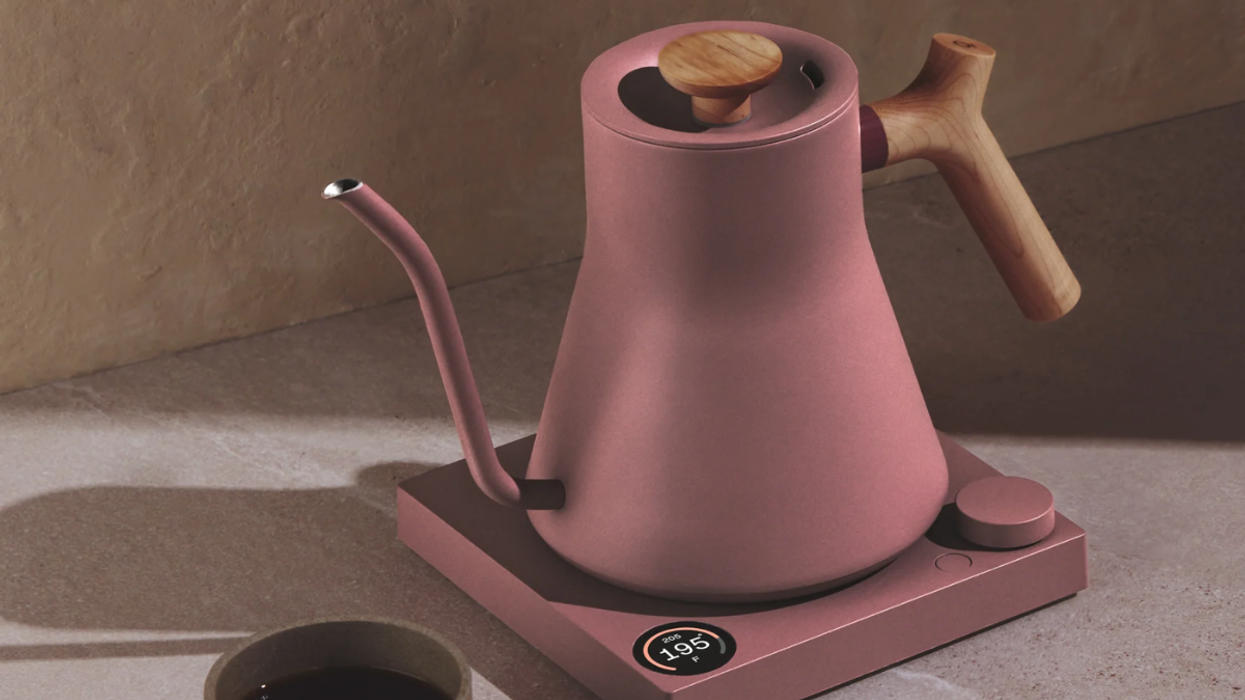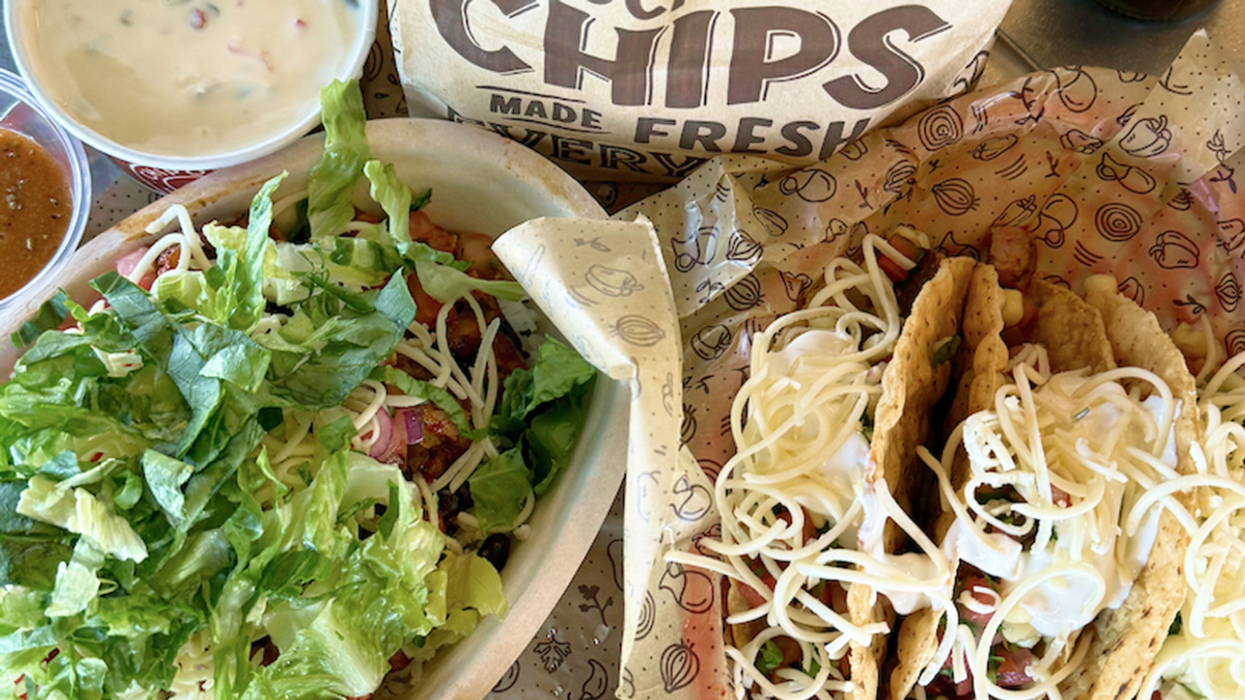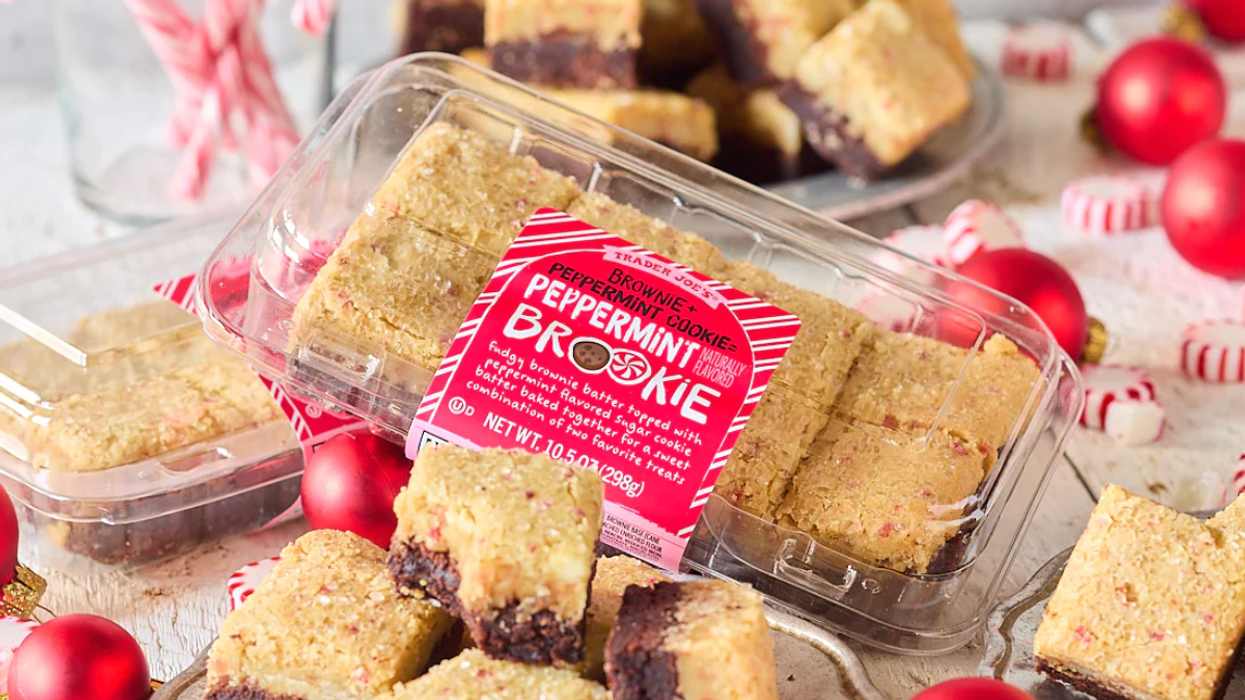You’ll be so glad you did.
6 Strategies to Take the Stress Out of Healthy Meal Planning

If you surveyed people on the street, reality-show style, and asked whether they’d like to plan and eat healthy meals throughout the week, the overwhelming majority would likely answer yes. Most of us, whether or not we feel we have the time, at least want to plan to eat well. Yet research shows that 53 percent of American dinners are planned within just an hour of eating, and only 24 percent of them are made from scratch. Clearly, our desires and our reality don’t always match up.
Planning a week’s worth of good-for-you meals (and actually sticking to your plan) isn’t some unattainable health unicorn. Though it may require some effort, this practice is possible — and totally worth it! Here are our top recommendations for tweaks to work it into a busy lifestyle.

1. Follow foodies. Use your feed for food! Following health-conscious food bloggers on social media puts gorgeous images of healthy meals in front of your eyes every day. It may inspire you to try recipes you wouldn’t have seen otherwise. When something healthy appeals to you, take note by bookmarking it or adding it to a Pinterest board to try in the near future.
2. Work with what you’ve got. Begin meal planning by taking inventory of whatever’s in your pantry or fridge. Got some canned tuna, a bag of frozen mangoes, and a half cup of chicken broth? Then you have a starting point! (Just maybe not all those things together.) Alternatively, if your pantry’s so empty tumbleweeds are basically blowing through it, start by browsing local grocery stores’ weekly ads online. Identify some healthy ingredients, whether from your own stock or from what’s on sale, that you want to create meals around. Black beans. Barley. Tilapia. Asparagus. If you don’t already have a go-to recipe for each one, sleuth around the healthy food blogs you’ve begun following or cookbooks you have on hand. Once you’ve identified practical, doable recipes and listed ingredients, it’s time to shop! (And when you do, make a commitment to stick to your list, avoiding unhealthy impulse buys.)
3. Weekend prep is where it’s at. Turning healthy meal planning — and eating — into reality is all about finding the time, since even the best-laid meal plans can go awry when busy schedules butt in. Take advantage of an extra hour or two on a Saturday to not only plan, but also prep as much as possible. Chop some cauliflower to store in the fridge for roasted veggies. Pre-cook a lean meat like chicken or turkey in the crockpot. Small steps like these go a long way toward lightening your load on a Thursday night when dinner gets squeezed between meetings and your kid’s ballet lessons.
4. Live by the mantra, “something borrowed, something new.” It’s easy to get stuck in a cooking rut, keeping to familiar, tried-and-true recipes. What would happen if you resolved to try one new healthy recipe a week? Some culinary flops might be inevitable, but new favorites would likely emerge too. Especially with picky palates, a gradual transition of one new healthy meal per week may go over better than more dramatic dietary changes.
5. Do double duty dinners. No need to “reinvent the meal” every night of the week. Do yourself a favor by cooking a double (or triple) batch of one versatile, healthy item one evening, repurposing it later in the week. A side of rice with fish on Monday doubles as fried rice on Wednesday. Herbed chicken shines as the main dish at dinner and finds its way into lunch wraps for work the next day. Pizzas, pastas, sandwiches, quiches, and Mexican dishes all make great leftovers.
6. Build a healthy pantry. Even if you’re not much of a planner, one strategy for putting healthy meals within reach is to stock your home with better-for-you staples. This way, when you go to start dinner, regardless of whether you’ve planned an actual recipe, you have the right building blocks at your fingertips.
When grocery shopping without a list, load your cart with healthy, long-lasting choices like whole grain pastas, rice, and quinoa; frozen fish and lean meats; and canned tomatoes, beans, and broth. For shorter-term fresh items, opt for colorful fruits and veggies and local dairy, if possible. Keep an arsenal of dried herbs and spices at the ready too. These almost never expire and can add flavor to whatever you’re cooking on the fly.
Got a healthy meal planning hack to share? Tweet us @BritandCo!
(Photo via Getty)











